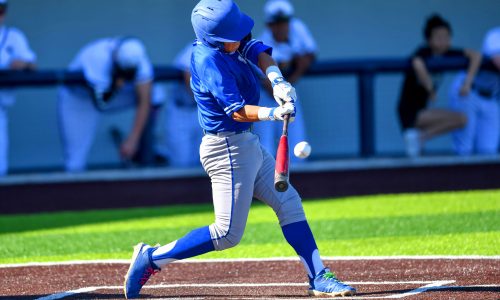Complete Guide to Age Appropriate Baseball Pitching Machines
Pitching devices are versatile and robust training tools for all age levels. Professional players use these devices to enhance their swing tactics and practice trick pitches and hit high-velocity. An age-appropriate pitching device helps players work on proper pitching techniques under stable conditions and reduce the fear of wrong balls. And to buy such a device, you must read a complete guide to age-appropriate baseball pitching machines.
What Is A Baseball Pitching Machine?
A baseball pitching machine is an advantageous coaching device for every baseball gamer who wants to improve their hitting skill. These devices imitate a fundamental pitch’s trajectory and velocity, which helps baseball players enhance their timing and learn good hitting basics.
Today, many baseball pitching devices can move, and you can plug them into any standard wall outlet. Moreover, many baseball pitching machines are available at reasonable prices for different age levels.
Things to Consider for Buying Baseball Pitching Machines
Many issues are there to consider if you seek an age-appropriate baseball pitching device:
1. Type of Sport
The way players pitch the ball in baseball and softball are different. Softball gamers throw the ball underhand. On the other hand, baseball pitchers throw the ball overhand. The softball pitching mechanism does not work for baseball gamers as the machine’s arm angle is wholly different from that of baseball pitching gadgets.
2. Durability and Lifespan
Expensive pitching devices usually offer more extended warranties. However, these machines’ lifespan generally vary between 2-10 years, depending on the price and quality.
3. Energy Options
Baseball pitching gadgets need force provided to run the motor. These machines have two energy options, especially players that run off battery energy and run on electrical power. Since corded devices run off electrical energy, they will never run out of power; nevertheless, they need a wall socket and an extension wire if you want to use them in a prominent place.
Battery-backed pitching devices are more movable and handy; after all, you don’t have to plug them in anywhere. However, battery life limits the observation time.
4. Types of Pitches
Primary baseball pitching machines are appropriate to focus on one pitch: the conventional fastball. It can be a straight and straightforward pitch and the easiest one in every baseball to replicate. You can adjust the pitch’s velocity on maximum fashions or move the device closer to the hitter for extra speed.
Expert baseball players want to observe more challenging and misleading pitches like fastballs, curveballs, sliders, and sinkers, while proficient softball players want to follow the rise and drop balls. The device will need to be more complex to imitate many of these pitches, making them extra expensive. These tricky devices can have additional velocity options.
Pitching Devices for All Age Levels
Now that you know how to choose baseball pitching devices for every age level let’s delve into particular pitching machines apt for your kid’s age group!
- 3-4 years (Pre-Kindergarten)
- 4-5 years (Kindergarten T-Ball)
- 6-8 years (first and second graders)
- 8-10 years (3rd and 4th grades)
- 11-12 years (5th or 6th grades)
- 13-15 years (7th/8th grades)
- 16-18 years (9th/10th/11th/12th grades)
Takeaway
Parents with limited experience must not ignore a pitching device. By reading this complete guide to age-appropriate baseball pitching machines, you can enhance your kid’s fielding and hitting skills and self-esteem. You can contact ProBatter to buy a high-end device and practice in a private setting.



